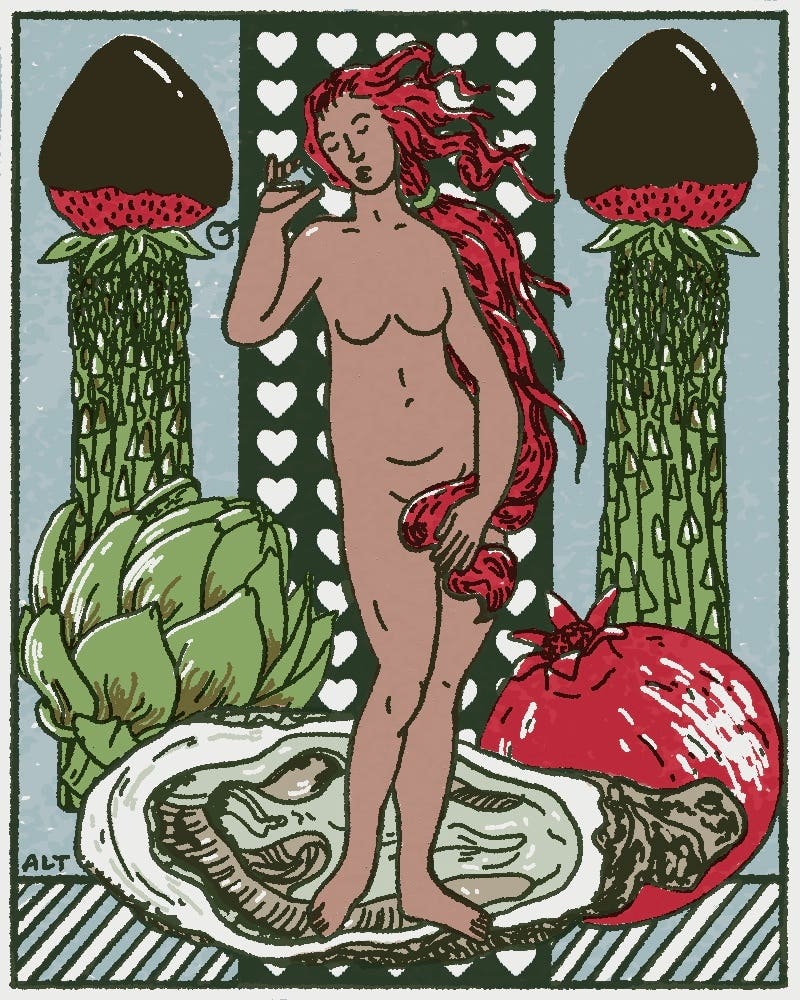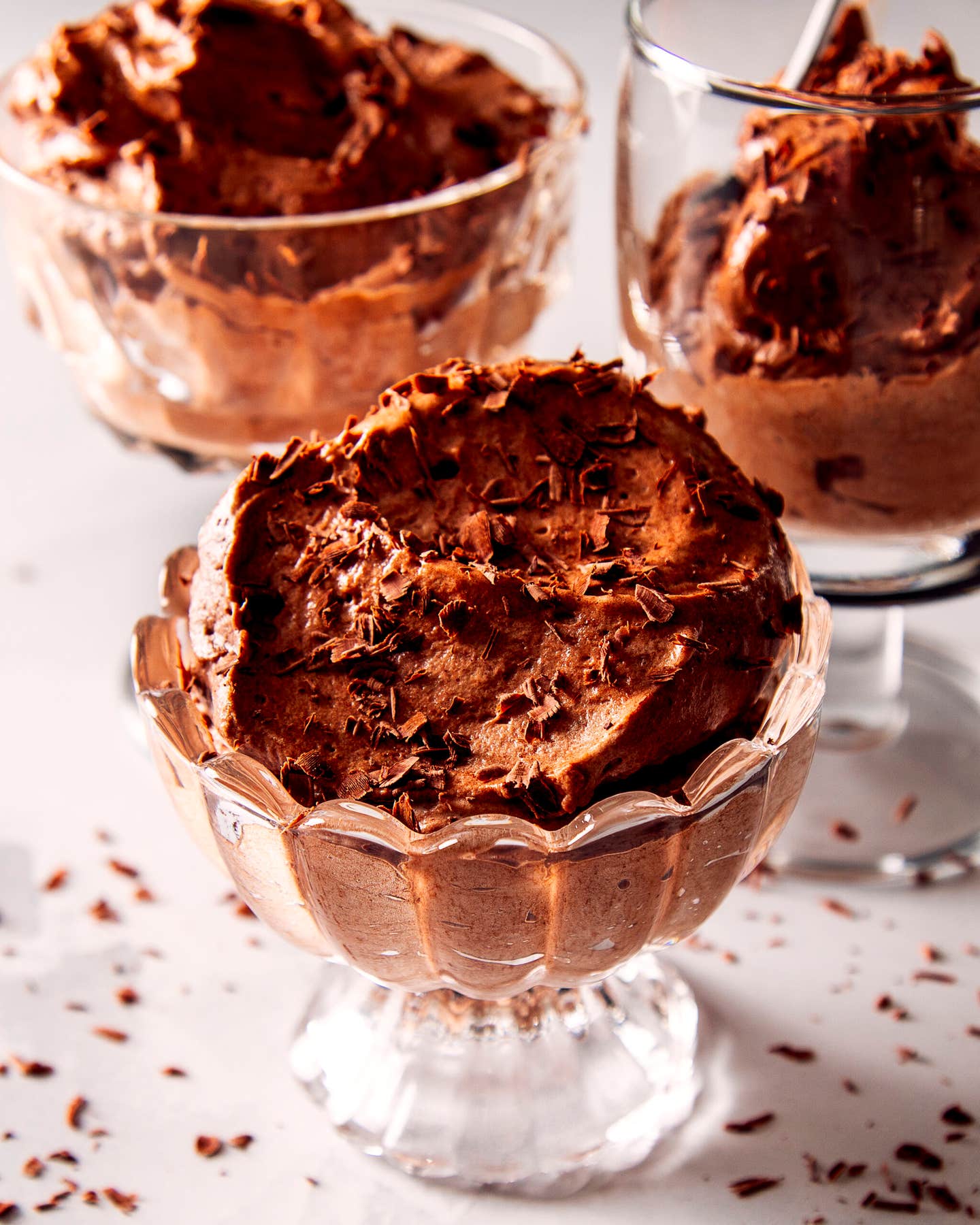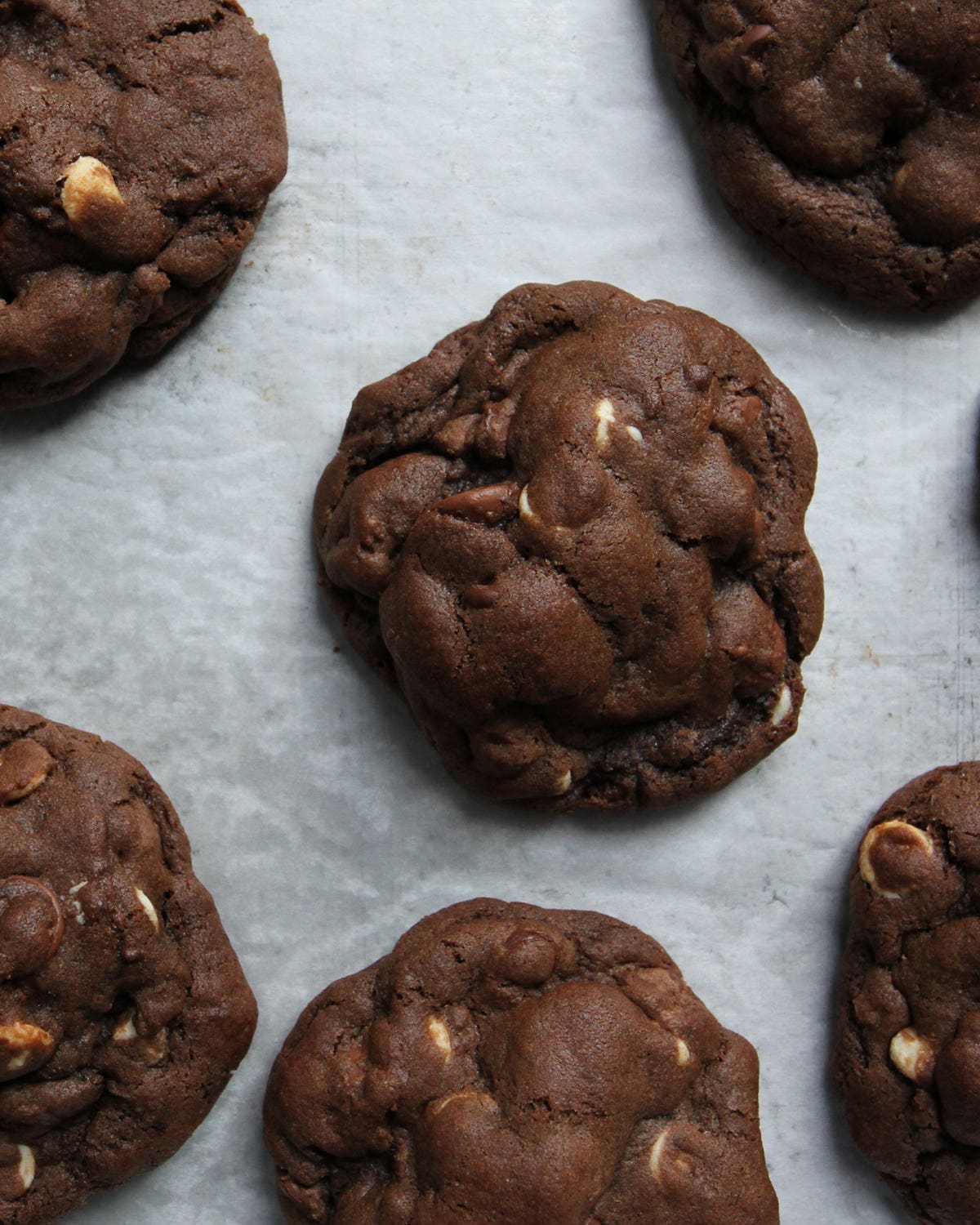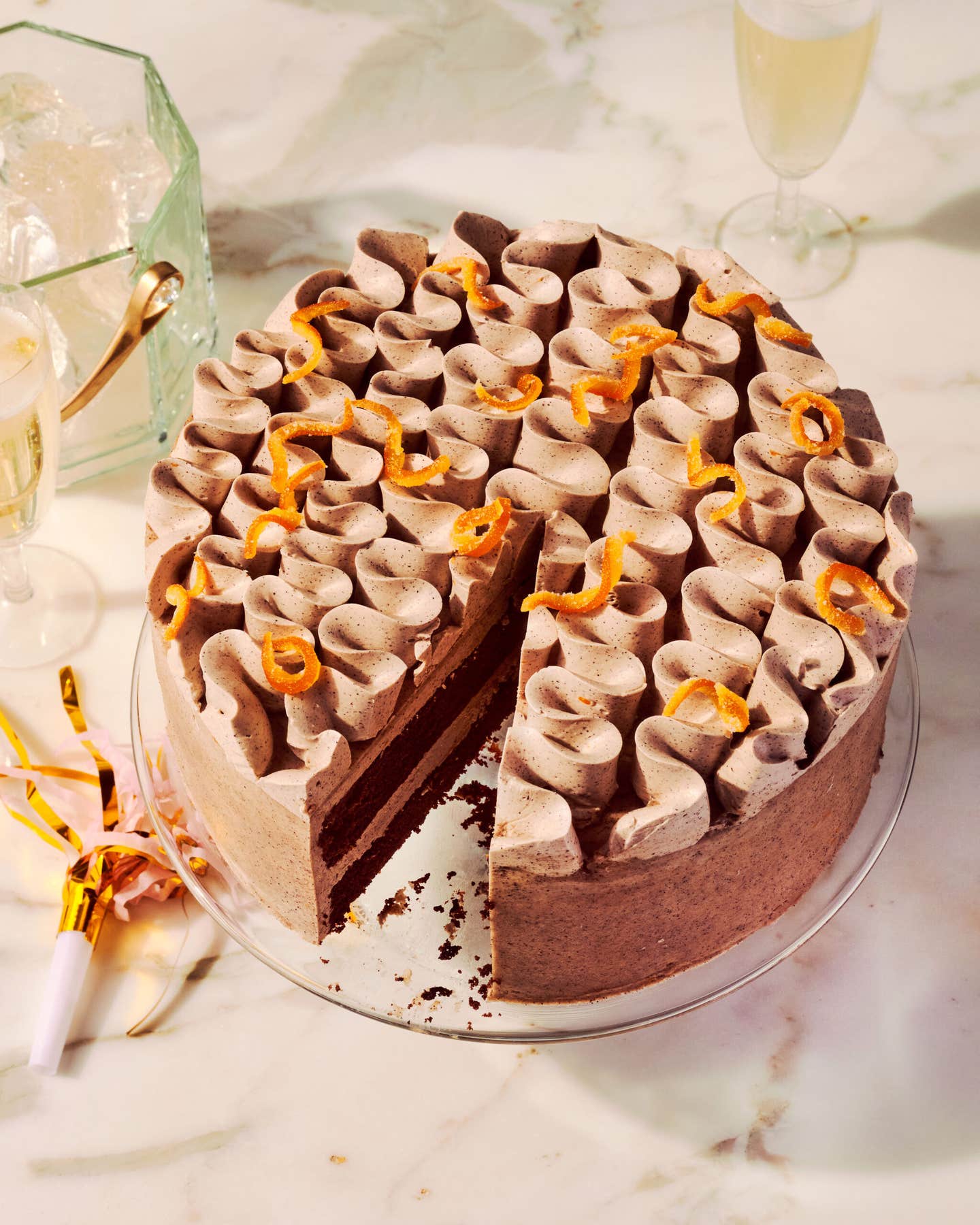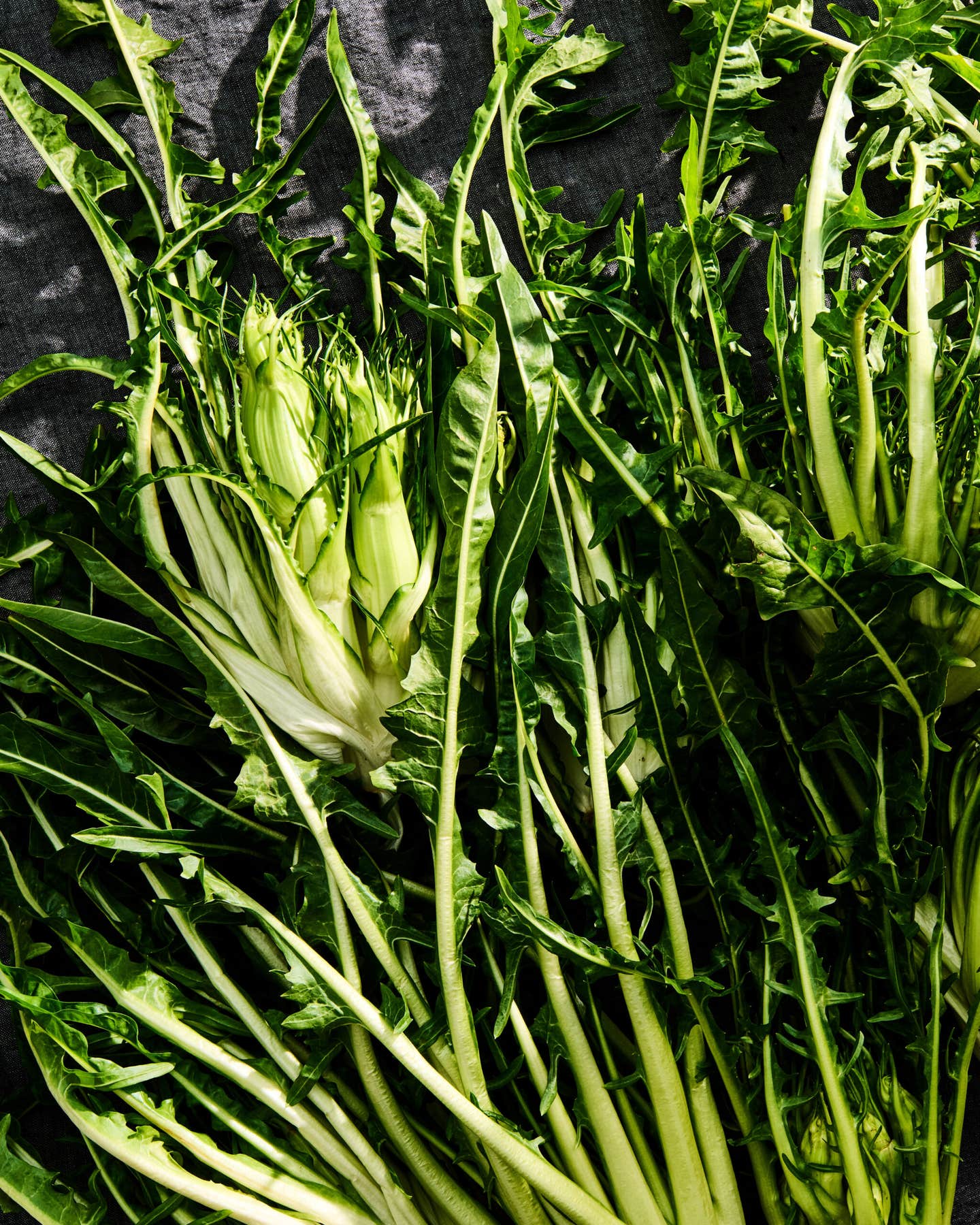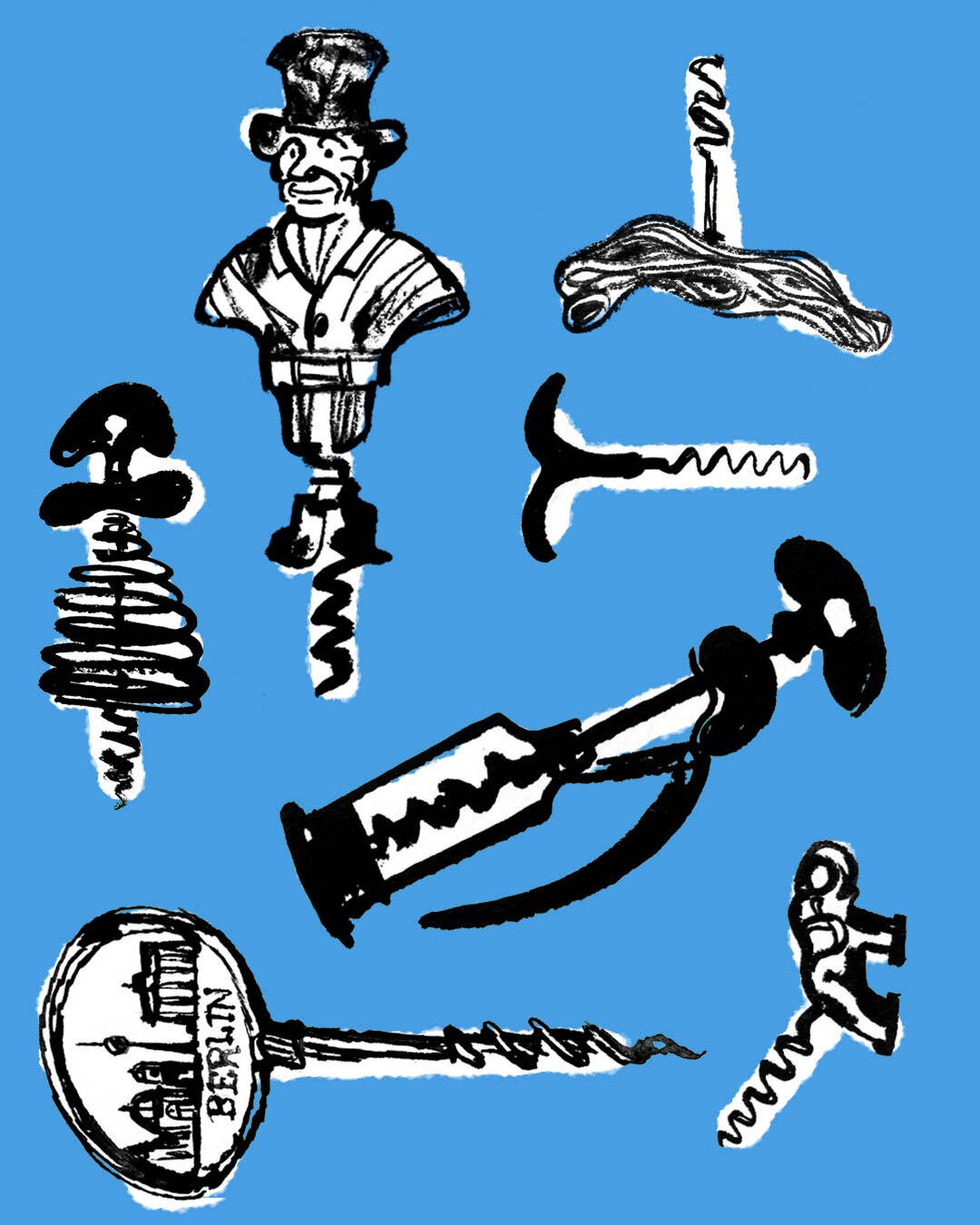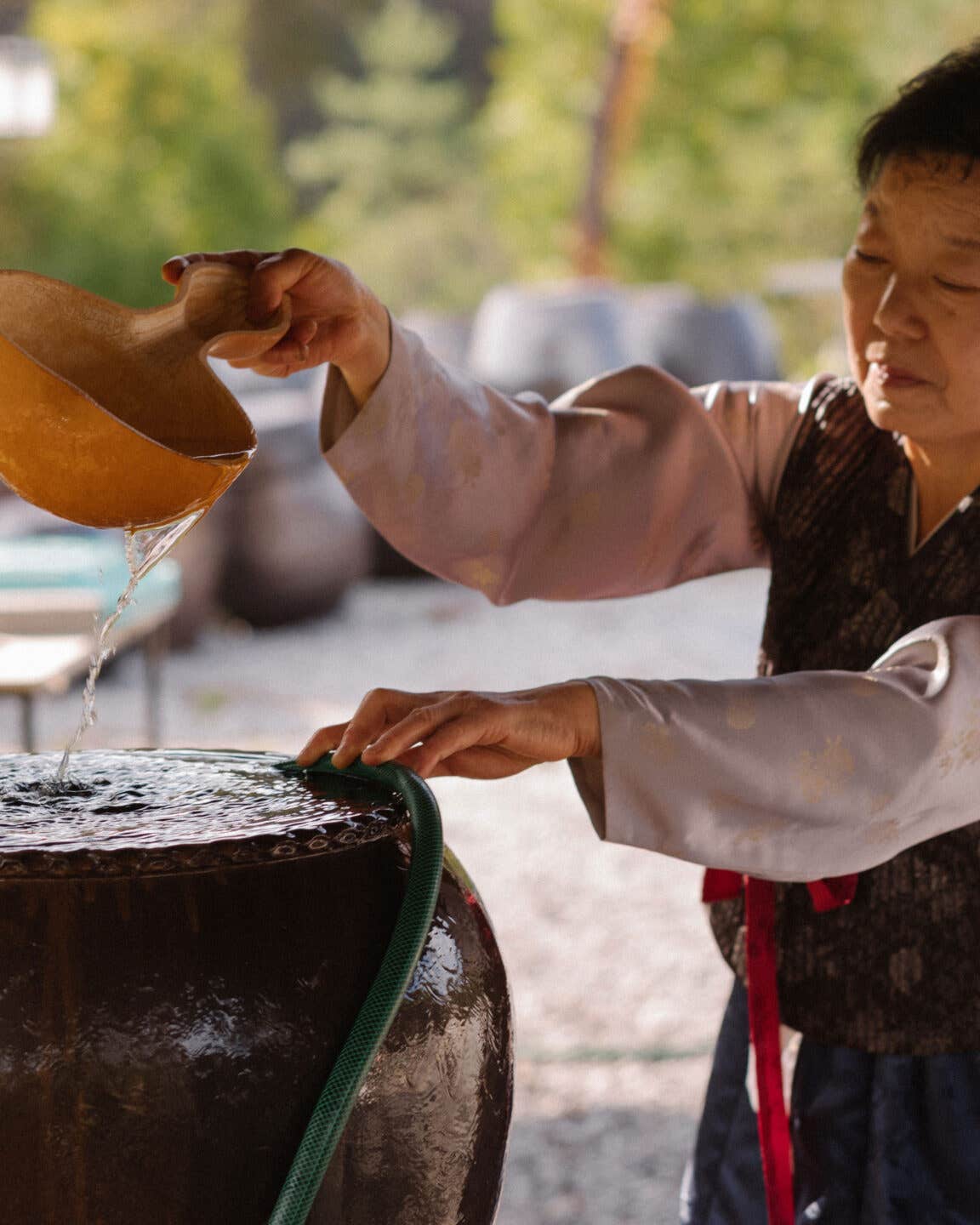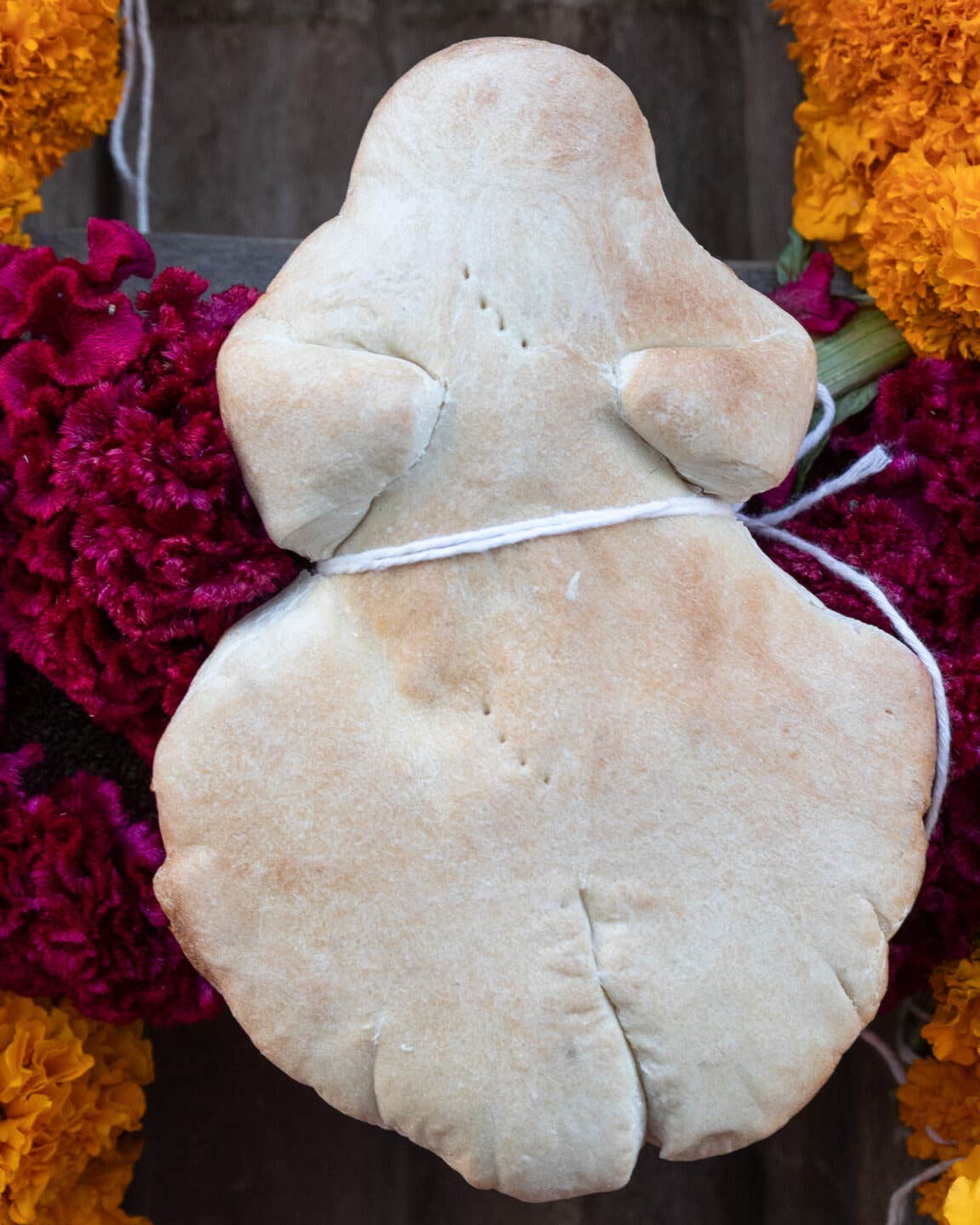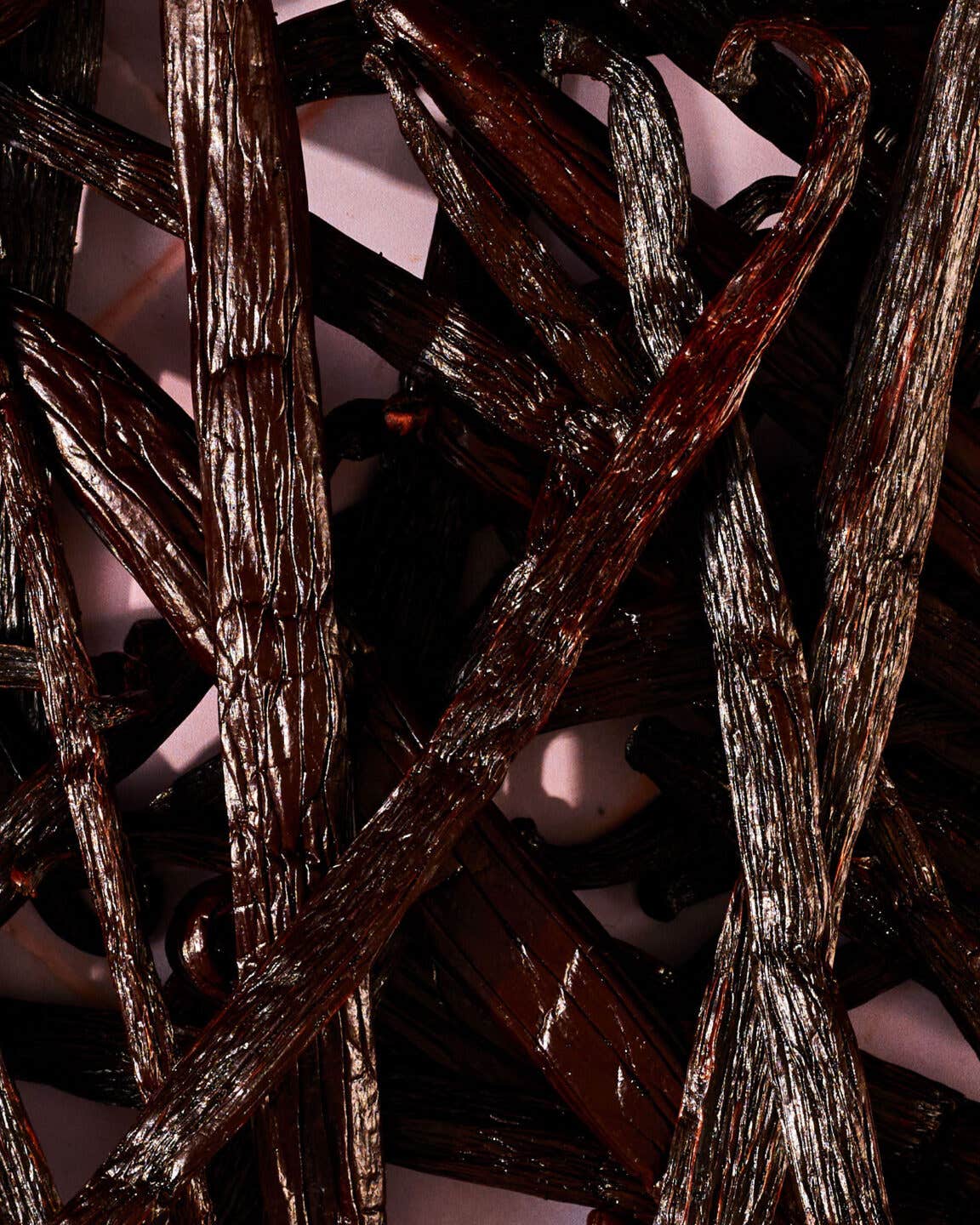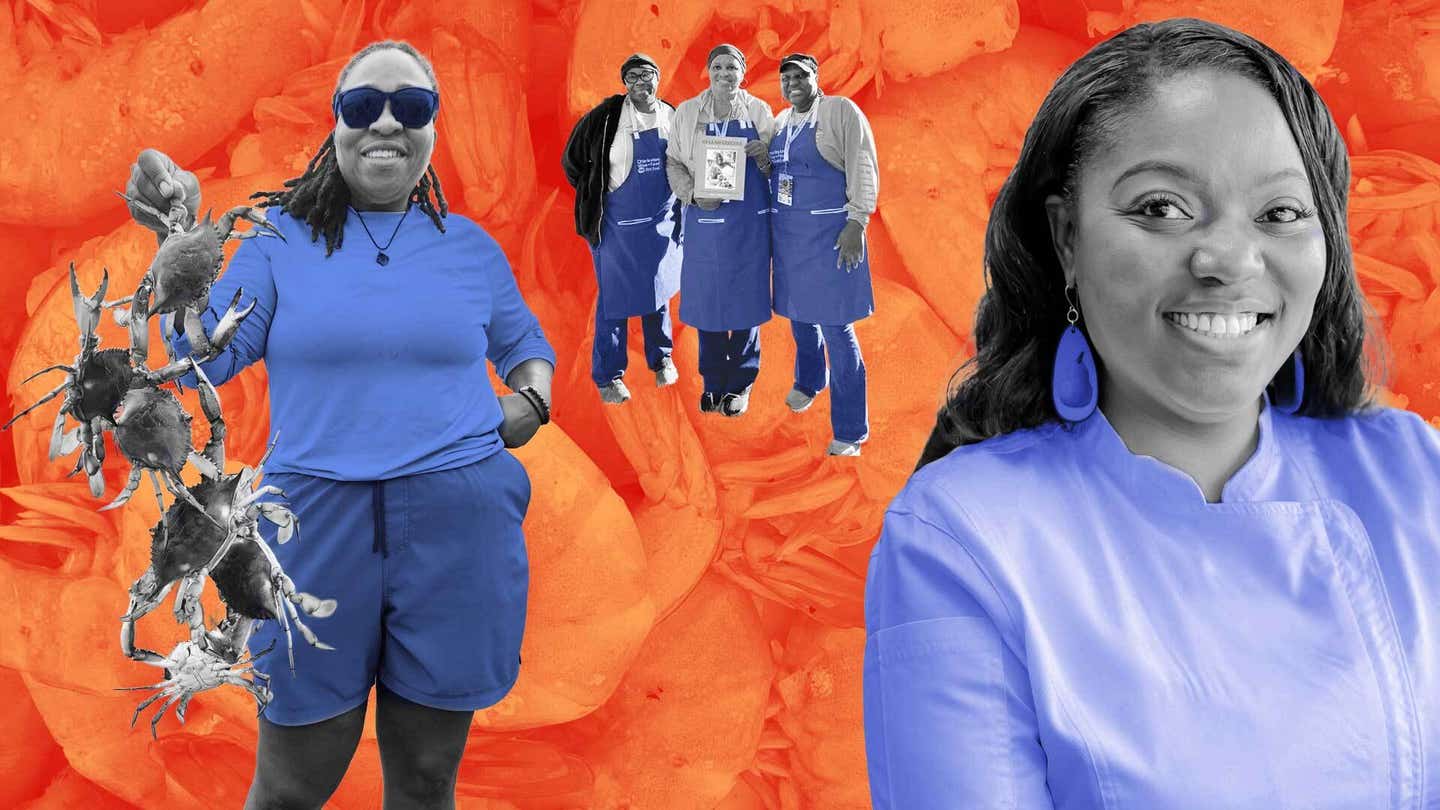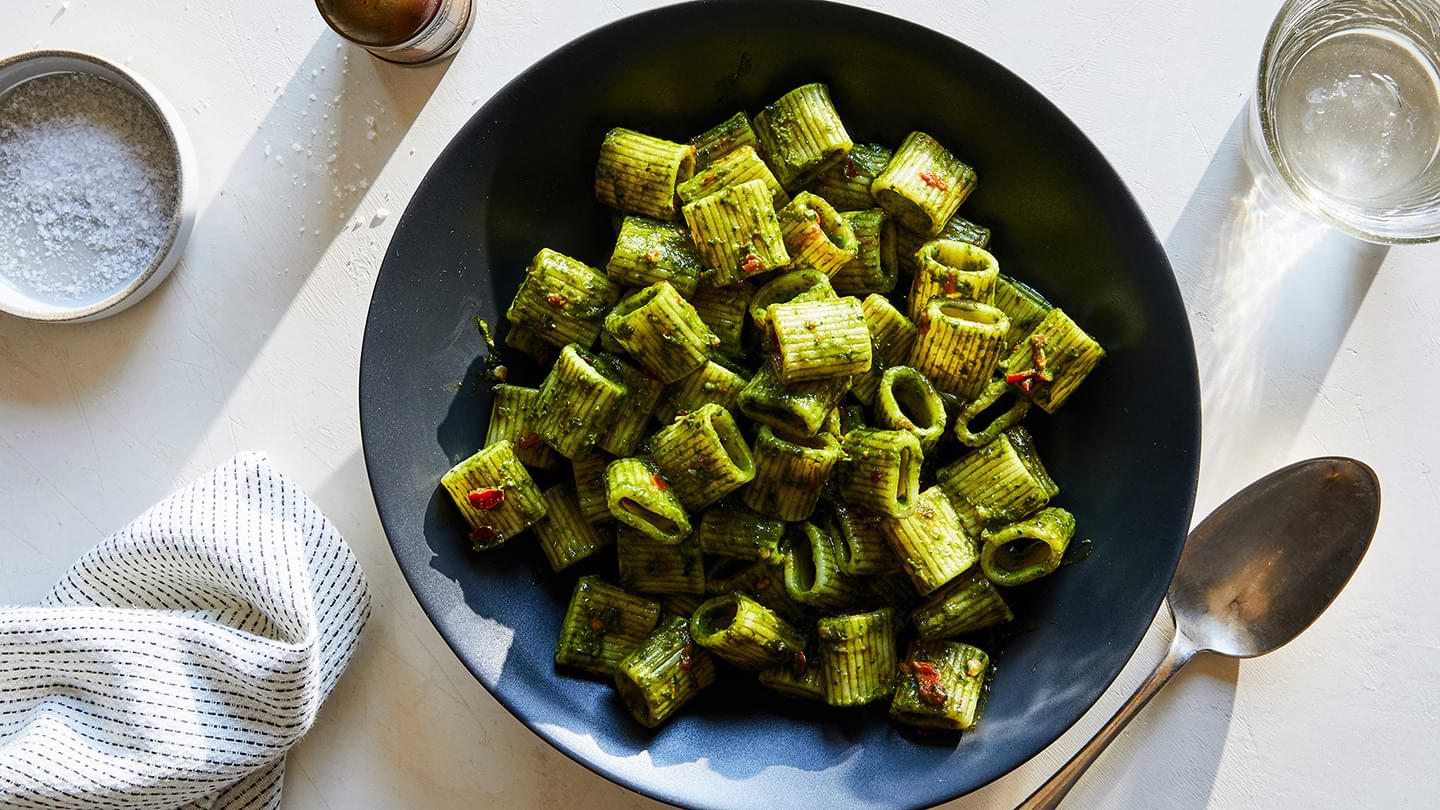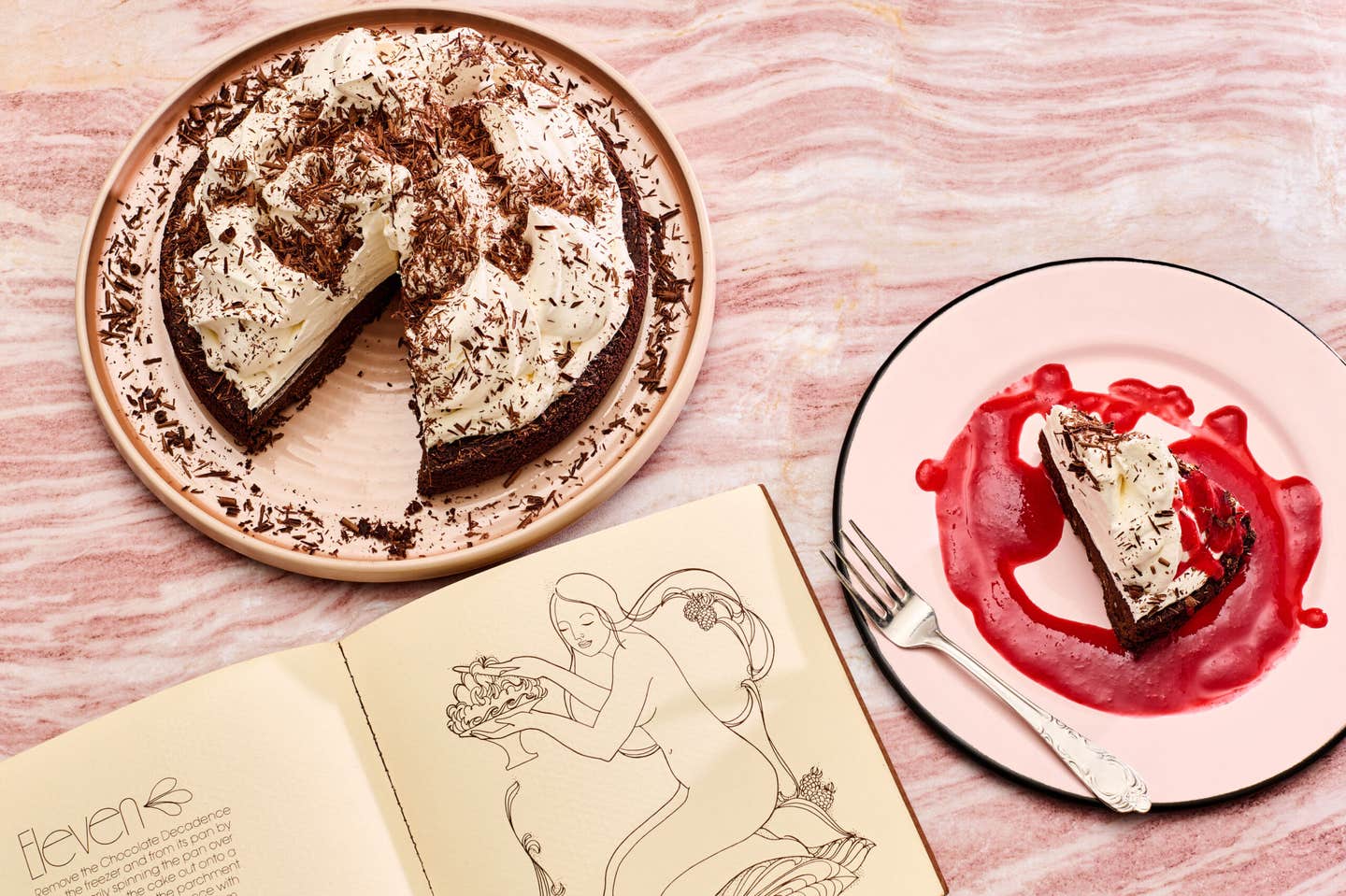
I Still Make the Chocolate Cake From This Sexy 1976 Cookbook
Janice Feuer Haugen’s “Chocolate Decadence” is a seductive, single-recipe meditation on baking for pleasure.
My first love affair with food was all about chocolate—in every form I could get my hands on. As a child, I usually didn’t stray far from the basics: my family and I would make Nestlé Toll House cookies or Ghirardelli Chocolate brownies, sugary sweet and reliably delicious treats designed to feed a crowd. However, at least once a year, I would seek out a giant slab of bittersweet chocolate and pull my favorite cookbook off the shelf, a slim volume wrapped in brown paper with a two-word title: “Chocolate Decadence.”
This one was unlike my family’s other cookbooks—no glossy cover, no styled photographs—and its spindly text offered a single recipe, one that the book’s introduction suggested had been “guarded, pilfered, imitated, disputed, mutilated, restored, and herewith set down definitively for the ages.” The book’s illustrations were a major part of its illicit allure, each page featuring a naked woman with downturned eyes, flowing hair, and full thighs. Yet as voyeuristic as the book felt (it was the closest thing to porn I’d seen at the time), it wasn’t crude or obscene. It was sensual and raw and unabashedly erotic, in both text and images: a woman at peace in the kitchen, cradling a bowl of melted chocolate in her unclothed lap, whipping cream to a frenzy, and draping chocolate curls over her fingertips—all, it seemed, for her enjoyment alone. As I traced each of the recipe’s 11 simple steps, it felt like an incantation, and to my teenage self, a promise of pleasures that adulthood might hold.
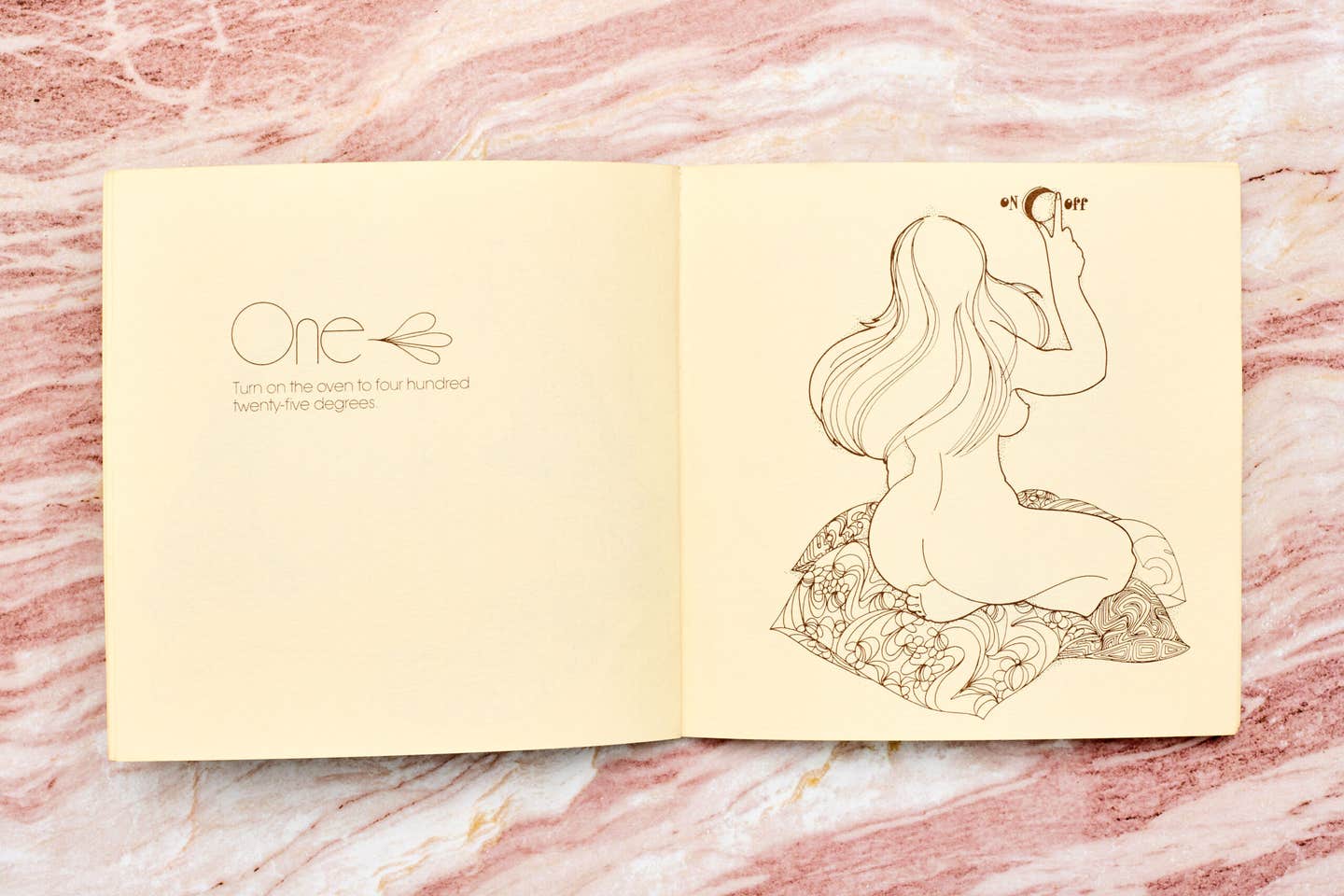
For Janice Feuer Haugen, the creator of the cake, pleasure was the point. Like me, Feuer Haugen grew up in California in the San Fernando Valley; she enjoyed cooking, even though in her family home in the 1950s, “nothing was from scratch.” Only when she transferred to the University of California, Berkeley, in 1967, at the peak of the counterculture movement, did she start cooking for herself in earnest, while also attending “encounter groups,” a popular movement at the time intended to facilitate emotional exchanges and sensory awareness.
Personal openness led to culinary exploration during Feuer Haugen’s post-grad adventures at a three-month Le Cordon Bleu course in London. When she returned to California, Feuer Haugen interviewed to work at the Heritage House Resort in Mendocino, characterized by The New York Times in 1970 as the place where “squares and longhairs” mixed. She became friends with the chef, Martin Waller, who showed her a recipe for a chocolate truffle cake, which he had received from a loyal customer. “I’d only made the original once before and it came out terrible,” Feuer Haugen acknowledges, “but once I learned how to make a genoise—whipping the eggs and sugar together over heat—it became something really special.”
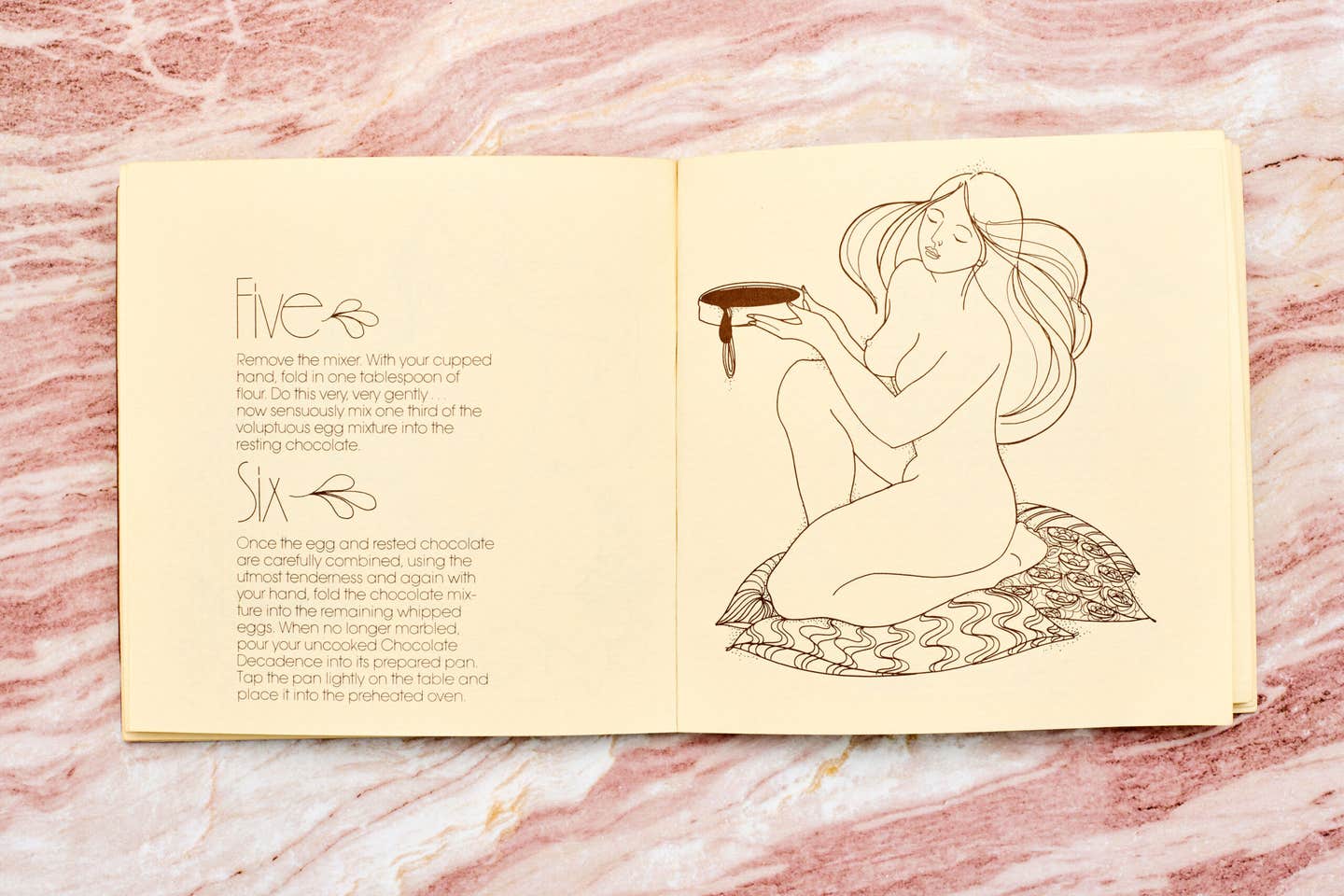
As a pastry chef, she first served her version of the cake at a special dinner at Berkeley restaurant Narsai’s to honor chef Joyce Goldstein, where the host asked her to prepare something “very chocolate and very decadent.” Feuer Haugen knew it was a knockout when her boss at the time, restaurateur Narsai David, came running to her the next morning, asking “What was in that cake!?” Garnished with chocolate curls and hidden beneath a mountain of whipped cream, the cake was christened by Feuer Haugen as “Chocolate Decadence,” and per David’s suggestion, served in a pool of raspberry purée; it quickly became a mainstay on the dessert menu at Narsai’s.
Even with the cake’s popularity, Feuer Haugen was aware that David was attempting to take credit for the dish—and the name—while it was on his menu. She decided it was time to tell the story behind the cake and claim the recipe for herself. She collaborated with Veronica di Rosa, an artist based in the Napa Valley whom she’d met during a retreat in Canada. Inspired, di Rosa showed her an art book that belonged to her husband, the vintner and art collector Rene di Rosa, in which the mother of photographer Les Krims made chicken soup, kreplach, and matzo balls—all while topless. Inspired by the book, what emerged in “Chocolate Decadence”—in the text, drawings, and in Rebecca Martinez’s design—was a culinary ode to female self satisfaction, and to the pleasures of baking by hand. “As a pastry chef, your hands are so sensitive,” Feuer Haugen says. “Your whole body is part of the process.”
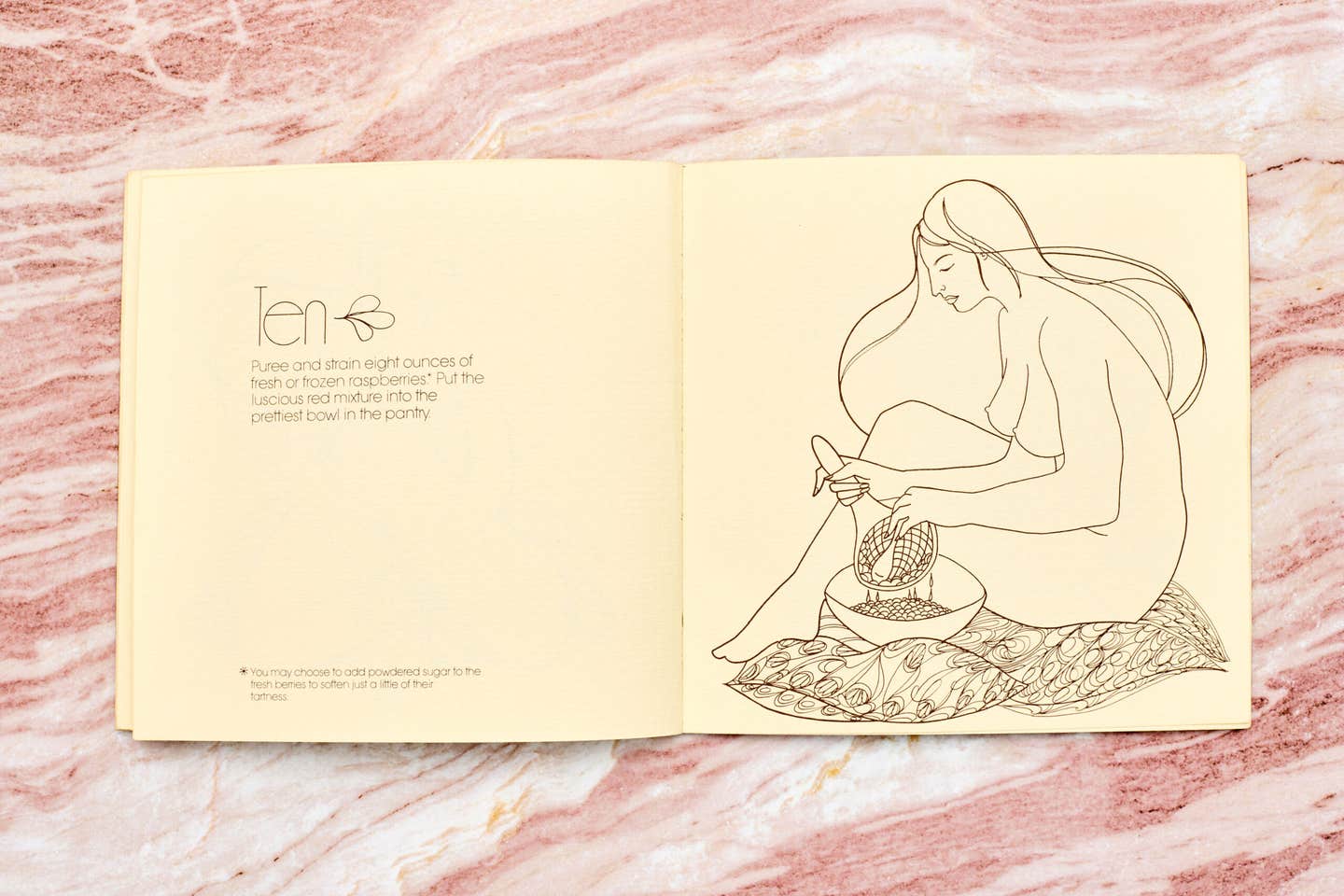
When the book was released by an independent Berkeley-based press in 1976, with an initial print run of just a few hundred copies, it quickly found its way into countless households, including that of Julia Child, who wrote to Feuer Haugen in 1977, saying that her husband Paul “particularly enjoyed [the drawings], and savored every bit of it, while I savored every page of the recipe.”
Today, Feuer Haugen has stepped away from desserts—and from California. She lives in Bozeman, Montana, teaching yoga and spreading her love of food by volunteering for her favorite local farm at the summer farmers market. But she still sees the pleasure of the cake as essential to its success. “We’ve lost the joy and fulfillment and pleasure of the kitchen,” Feuer Haugen tells me, “and we could get it back if we just change our perspective. Cooking isn’t necessarily a pleasure for many people, but if we can find [pleasure] in food, it’s a tremendous gift, and one we can give ourselves.”
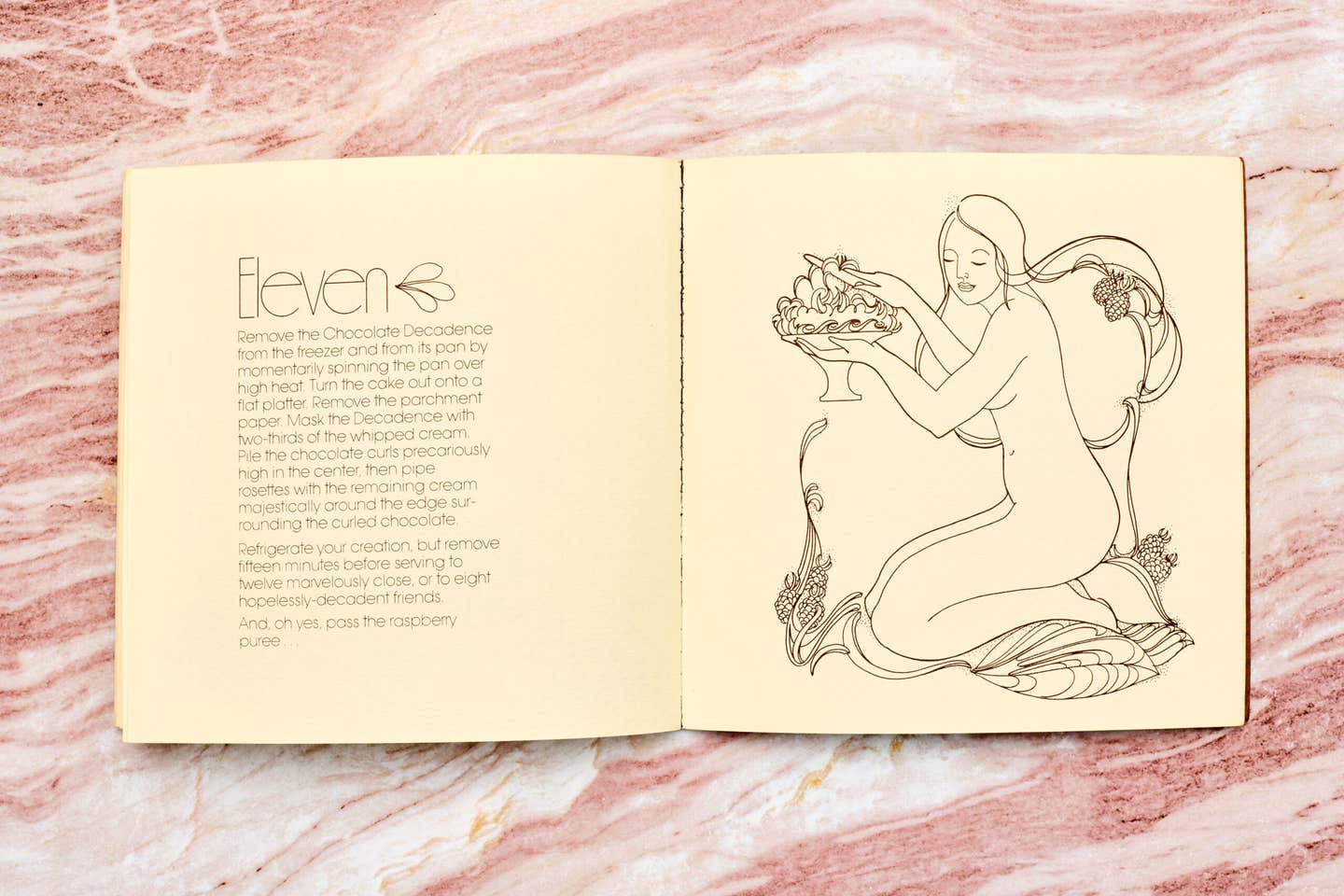
Simple yet sensuous, the book is a snapshot of the time, but reading it as a teenager—and still today—it feels like a radical reframing of pleasure. Most desserts demand a crowd, and recipes for the most seductive of desserts rely on the anticipation of consumption. Yet this recipe demands you take pleasure in the making of it. Each page tells you how to pay attention, to beat eggs and sugar to their “potential treble volume,” to warm chocolate so it becomes “delightfully susceptible for curling,” and to fold flour into chocolate with your bare hands with “the utmost tenderness.”
In many ways, it’s the rarest of gifts: a recipe designed to feed the chef’s senses, one that truly delivers on the quiet luxury of making something delicious for no reason other than your own enjoyment. So this Valentine’s Day, rather than baking to share or seduce, I’m sharing this recipe for anyone who wants it—but especially those alone in the kitchen, who need no excuse to make themselves something truly decadent.
Many thanks to Jock McDonald, son of Veronica di Rosa, for granting permission to share images from “Chocolate Decadence.”
Recipe
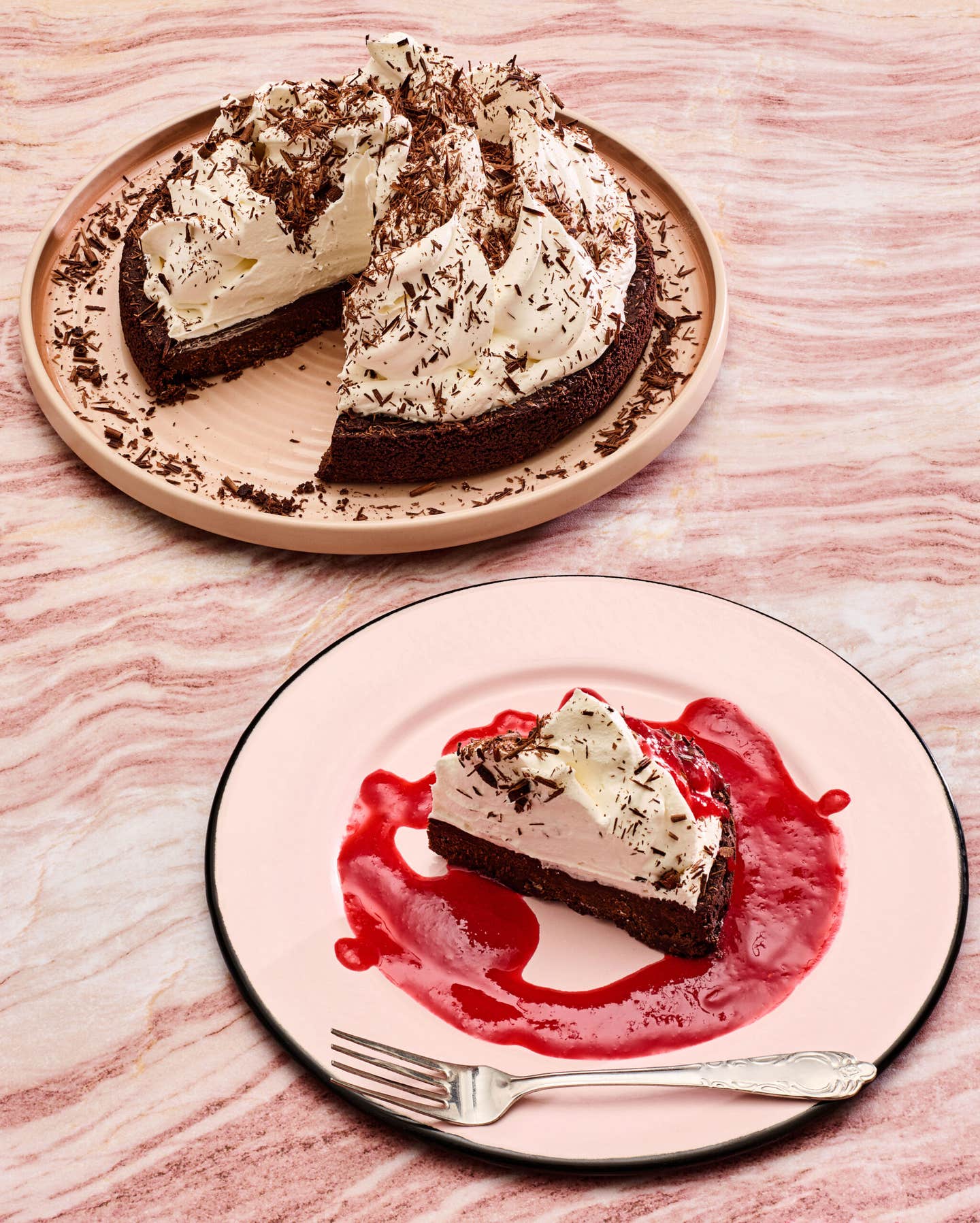
Keep Reading
Continue to Next Story
